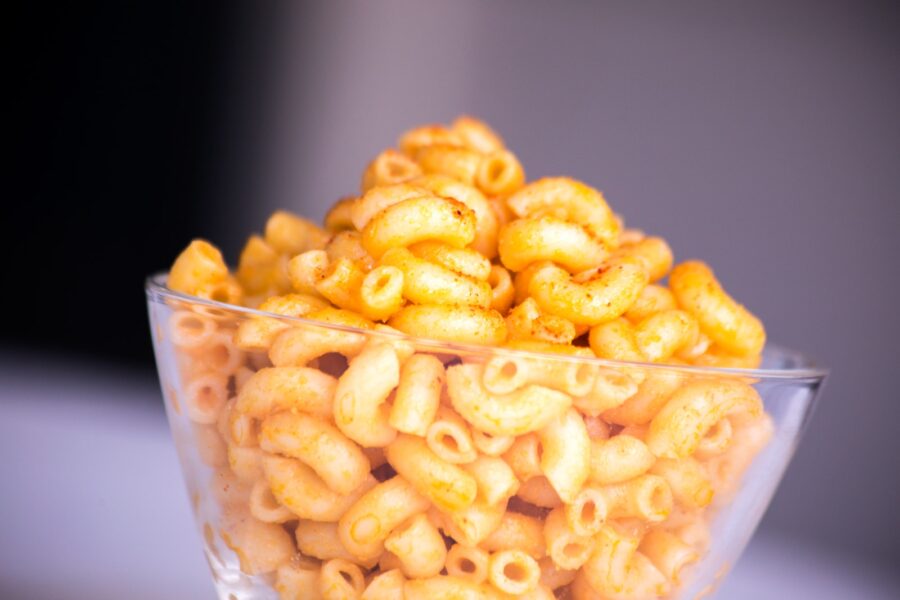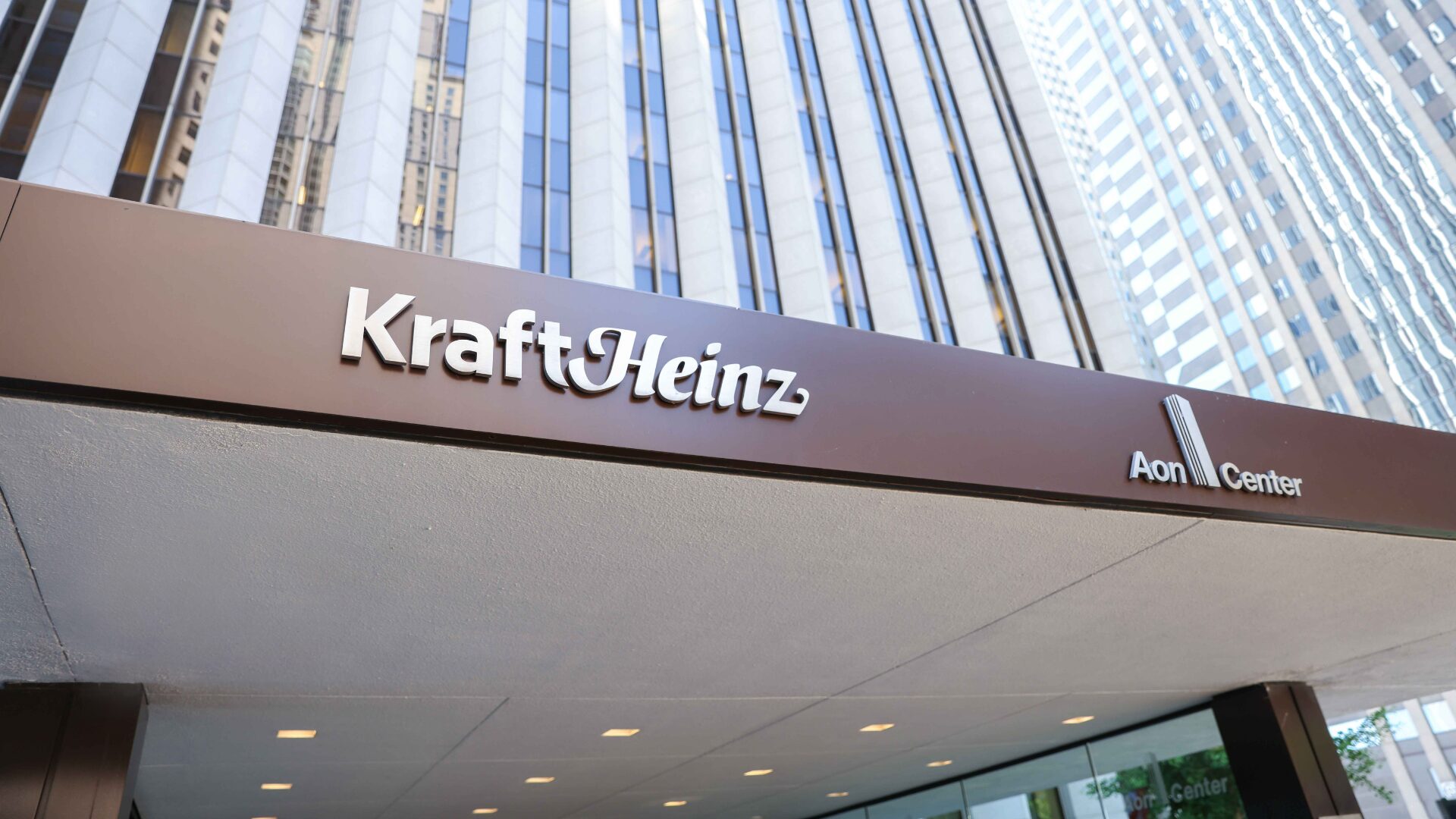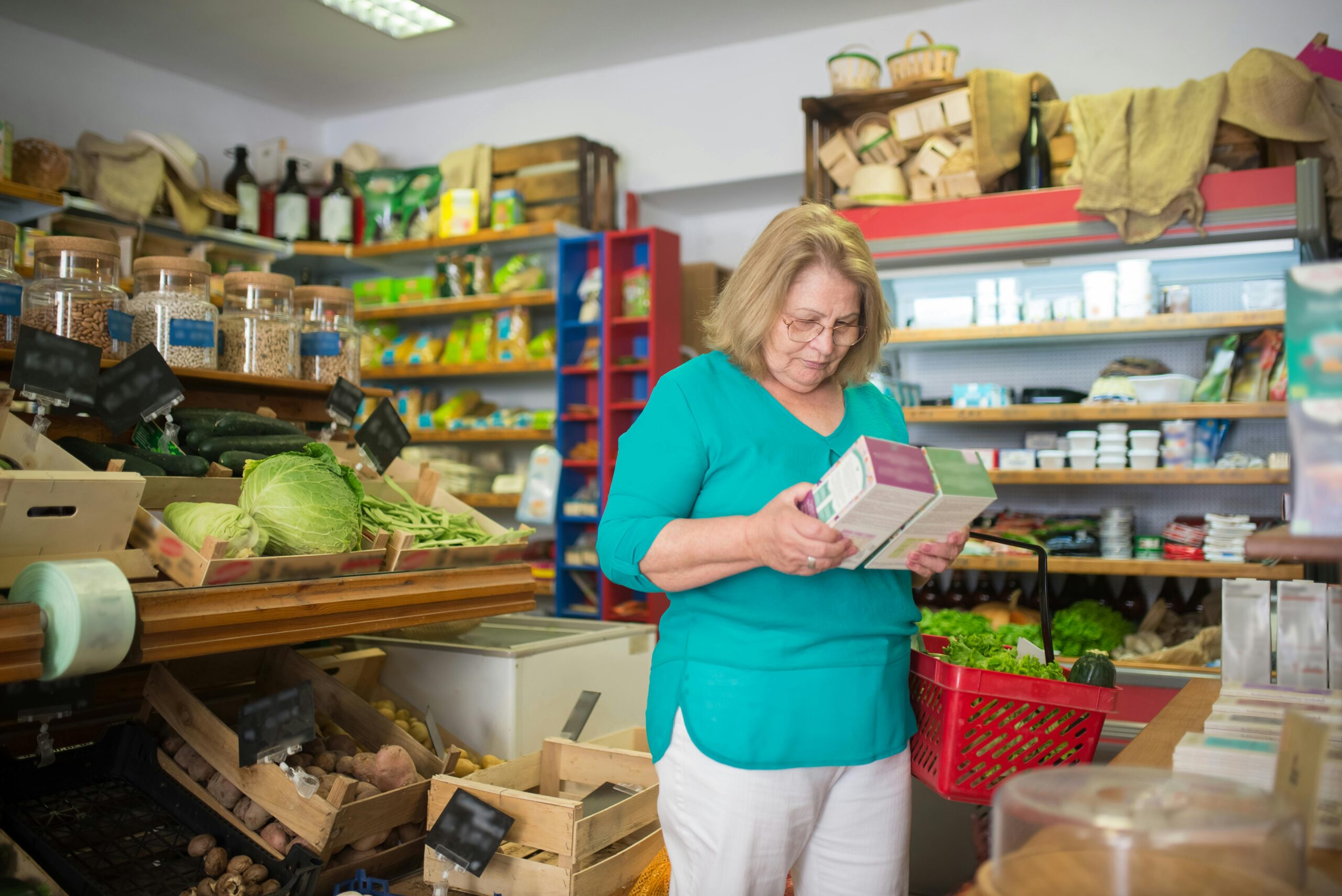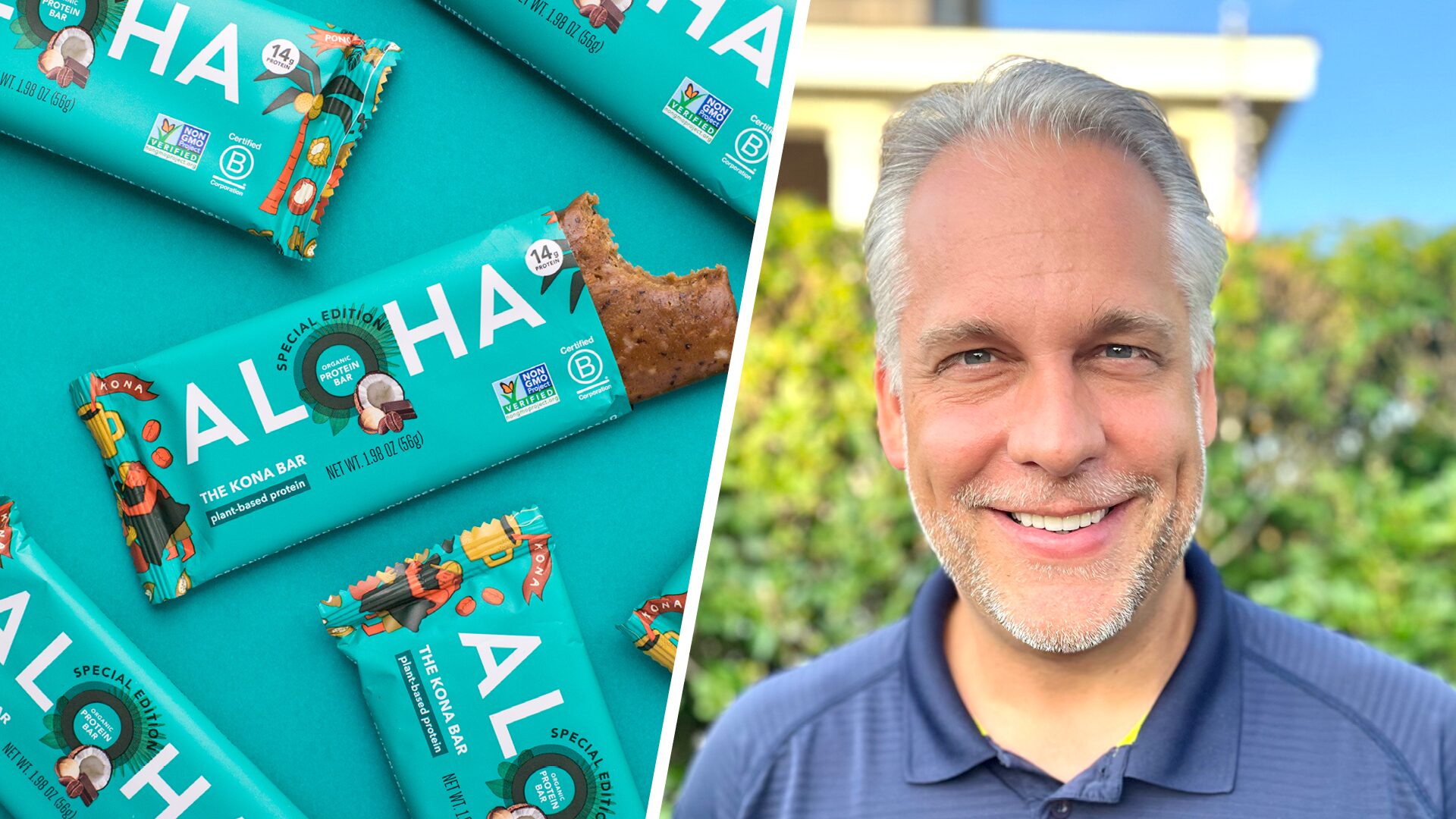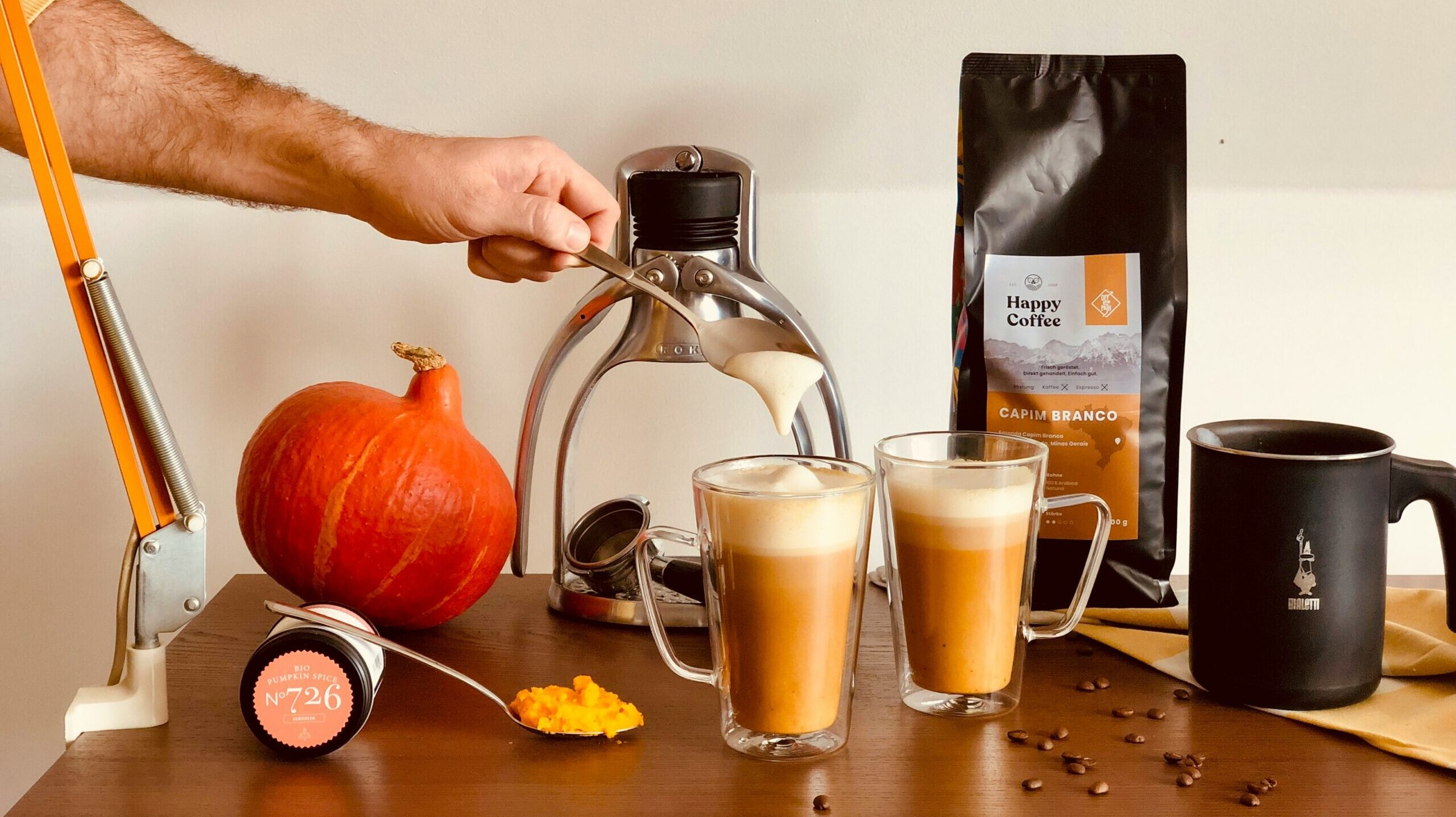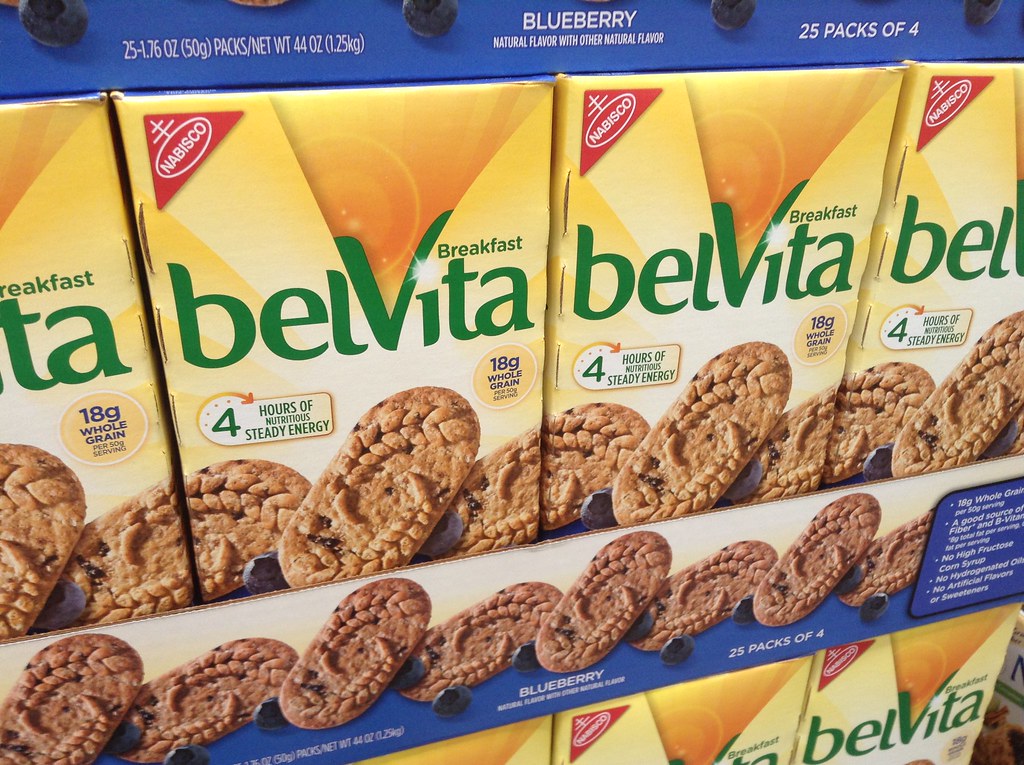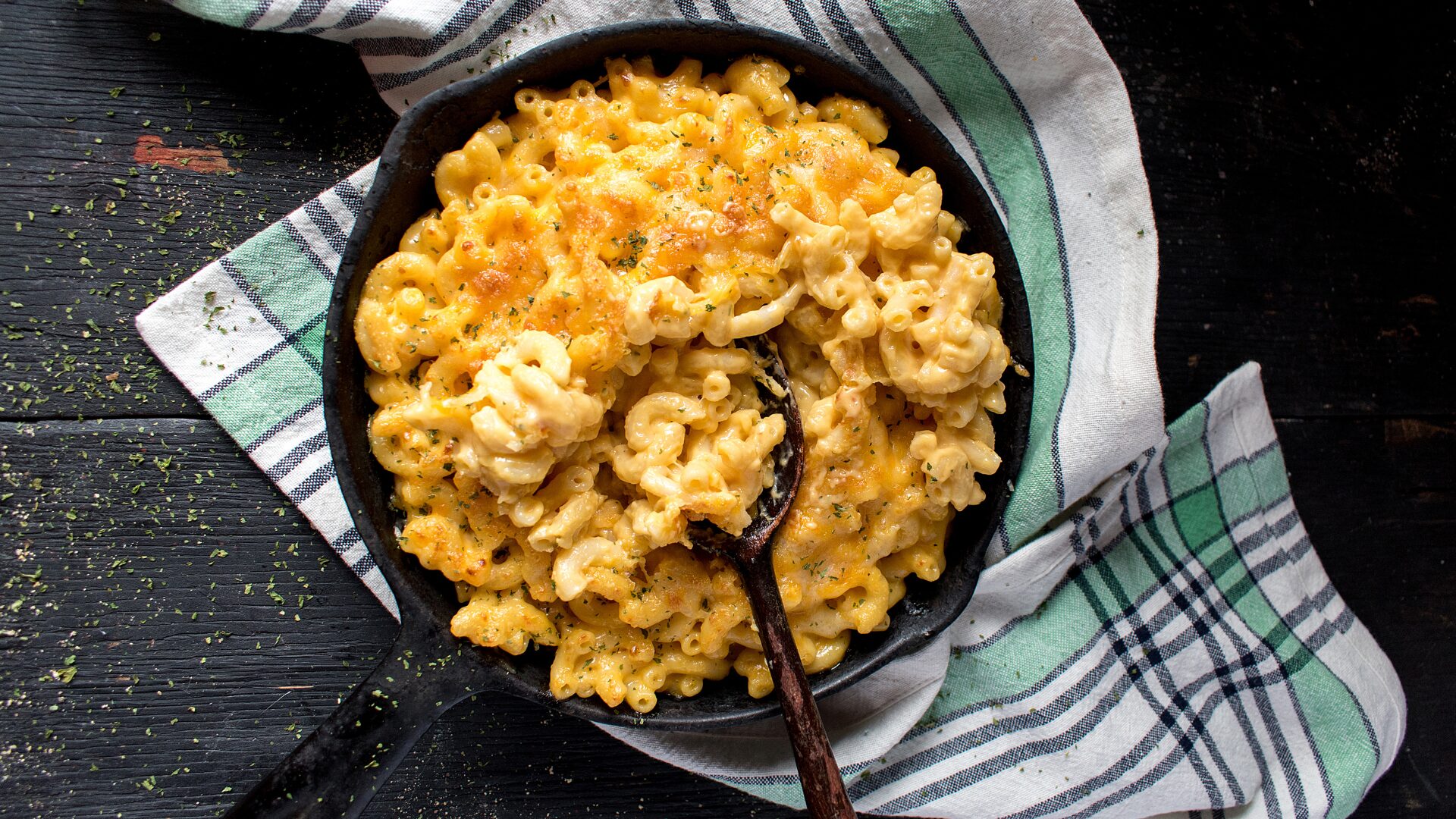Correction: Gooder Foods notes that the Goodles’ retail distribution is 35,000 distribution points, not store locations. This means their brand velocities are most likely higher than depicted below in the original piece.
If Gooder Foods has developed an innovation with scale potential, it will have to grow the category known as “dried dinner mixes” in a way that no one, not even Annie’s, has ever managed to achieve. Taking on Kraft-Heinz (or Annie’s) directly would be difficult and very expensive. However, it is unlikely to yield growth faster than Annie’s achieved for most of its independent life as a private company (~20 – 30% year-over-year). Poking the Fortune 500 bear might inspire Kraft-Heinz to launch a new brand to compete head-on with Goodles. After all, dried mac and cheese is a core manufacturing capability of Kraft-Heinz, and they can obtain much lower pricing on every single ingredient Goodles uses. This cost advantage would allow them to quickly undercut Gooder Foods’ shelf pricing. And Kraft-Heinz can act faster now that the pandemic surge in CPG volumes has abated—much faster than any co-manufacturer ecosystems Gooder Foods has assembled.
But what is Goodles selling? And does it fit the pattern of dozens of prior brands (e.g., Chobani, SkinnyPop, and others) that have pulled off the seemingly impossible to carve out new segments in mature center-store categories?
Let’s take a look.
Goodles is a creatively flavored adult-oriented mac-and-cheese product line featuring the balanced nutrition of your average dinner plate (fiber, protein, dairy, carbs, and veggies). But flavor is the most prominent design feature—smoked Cheddar. Truffle powder. Gouda. This is urban restaurant flavoring, not Sesame Street fare. In a head-to-head comparison with Kraft Blue Box, the inventor of this category, Goodles’ most remarkable attributes are the high fiber content and the gynocentric multi-vitamin nutrition derived from powderizing green veggies and burying them inside the pasta. The pasta avoids the problem of pure lentil, pure chickpea, or lentil/chickpea blended pastas by giving up on any gluten-free pretense. Goodles’ wheat/chickpea blend allows the company to offer a nice chewy mac with high fiber. How much fiber? More than three times the fiber content of Kraft Blue Box (or Annie’s).
The fiber content is critical to the innovation here. This is mac-n-cheese that offers satiety, not just essential nutrition. I’ve eaten three boxes and was full for hours each time. Yes, I eat the whole box like most guys. It reminds me of Chobani bringing satiety into the watery, processed yogurt category. Bringing new outcomes into a category is the best way to grow the category pie.
With this much potential, how did the brand go to market?
Gooder Foods quietly founded itself in 2020 during the chaos of our national response to the worst viral pandemic in a century. It was also established as a Delaware corporation, setting it up for an ‘easy’ IPO if desired.
The company has raised about $20 million in seed and Series A rounds. This is not an under-capitalized startup. Much of the approach so far matches a typical brand extension or brand launch by a Fortune 100 food company:
- Intense R&D and consumer testing before launch (1,000 iterations with DTC testing)
- Zero to 35,000 store locations in just 16 months
- A highly visible, well-branded shelf set in all retailers (6-8 UPCs) on one shelf
- High-quality product experience (no amateur formulation here) despite the challenges of making chickpea-based pasta palatable (or easy to cook)
- A focus on flavor-first innovation and package design typical of major food companies (no sanctimonious kale chips vibe here)
So, how has Goodles fared on American retail’s cruel and heartless shelves?
In a recent press release, a brand representative revealed that Goodles has sold roughly seven billion noodles to date. This is a fun little fact that, along with a few assumptions and some algebra, allows us to estimate Goodles’ 2023 run rate reasonably well. While sampling the brand’s products, I manually counted the pasta noodles in several packages, averaging 700-725 noodles per box. So, they have sold approximately 9.5 to 10 million boxes of macaroni and cheese. This allows me to guestimate the current 2023 run rate at roughly $25-30 million across Whole Foods, Costco, Target, many supermarkets (e.g., Safeway, HEB, Wegman’s, Shaw’s), natural food stores (e.g., PCC), and specialty retailers (e.g., Metropolitan Market). It is unsurprising that this attracted L Catterton for the company’s Series A.
If accurate, this 2023 run rate yields a crude velocity of $16/store/week or four units/store per week across 35,000 store locations.
This is not a bad initial velocity performance when spread over such a vast geographic and channel landscape, especially for a premium-priced product line ($3.99 per unit). Goodles most likely has some very strong locations to produce this broad average. As context, most food startups without significant marketing or PR average around 1-2 U/S/W in my experience (regardless of the store count) during their first year. Had Goodles launched like a typical startup, it would only be selling at a $6-8 million run rate and much more likely to experience a lot of burned retail bridges.
Goodles will likely remain on the shelf at many of its initial accounts with these numbers and is in good stead, even if it loses 2,000 – 3,000 stores.
An additional strength is the product design itself.
- The brand identity pushes intense flavor and sits highly visible on shelves of a very dull category.
- The all-natural formulation is less interesting than a necessity to command the premium unit pricing Goodles desires.
- The flavor design plays on established mac-and-cheese flavors while offering an adult, intense edge that is new.
- A fiber-rich nutritional package that will create satiety in the average adult’s stomach when compared to Kraft’s iconic formulation.
- The brand is premium priced above Kraft in all channels and above Annie’s in most. Goodles cleverly avoids the Kraft Blue Box Moms by charging 2-3 times more per standard box. Keeping the price high allows the brand to relax pricing as the business continues to scale and unleash even faster velocities.
The pricing, flavor design, and intense commitment to meal-like nutritional balance positions this brand as a new adult mac-and-cheese segment.
Broad Scale Yields Predictable Risks
The distribution breadth of 35,000 store locations is a bit concerning and impressive at the same time. The business has not granted itself enough time to build a word-of-mouth-driven fan base that has been proven to drive exponential growth for years. There are now many stores that could, very soon, start underperforming if poor repeat rates suck velocity downwards.
A-list celebrities can drive fast national awareness for new brands, but, in my experience, it taps out quickly when the product is still getting initial consumer trial. Celebrities do not build their brands around food, so assuming that their average fan will care what they think about this or that food category is a stretch. Maybe. Maybe not. Secondly, celebrities cannot devote their entire PR machine to a CPG brand, a small component of their overall revenue mix and workload. Their celebrity brand is mainly dedicated to promoting themselves as a celebrity in their primary work (music, film, etc.) and lucrative endorsements that A-listers attract very easily.
It is too early to know if Goodles’ early repeat purchase rates will generate household retention. As an adult brand, if the consumer experience is intense and corrects a significant dissatisfaction (macaroni and cheese that leaves you hungry as soon as you’re finished), fans will keep buying Goodles for 3-5 years before getting bored. Only time will tell.
The longer you can retain consumers ‘new’ or ‘returning’ to the category, the fewer households you must convince to join the fun. This allows you to scale with less marketing expense and exit more profitably (if that’s the intent).
How much of Goodle’s initial trial is simply curiosity about what Gal Gadot is pointing to is unknown. It will be much clearer by mid-2024 because there is not a lot of distribution upside left. Growing velocity is, therefore, the primary lever left to use.
The mystery for me is how much capital will be made available to deploy modern national advertising techniques that work better for emerging brands than market leaders—persuading consumers to try something intriguing and new yields more new household conversions off of CTV and broadcast TV ads, for example, than reminding them to repurchase Oreos.
With premium unit pricing, national advertising is risky because trial conversion will be lower than with a Kraft Blue Box price point. But there is no longer time to build a fanbase from word-of-mouth. The brand must drive awareness and push trial aggressively to make use of its enormous distribution footprint. This is the most significant risk of going out super-fast like BigCo launch.
I believe Goodles will see a sub-exponential growth rate in 2024 as velocities normalize and the company fine tunes a marketing mix to grow velocity. Nevertheless, a high satiety, fun macaroni-and-cheese has scale potential.
About the Author
Dr. Richardson is the founder of Premium Growth Solutions, a strategic planning consultancy for early-stage consumer packaged goods brands. As a professionally trained cultural anthropologist turned business strategist, he has helped nearly 100 CPG brands with their strategic planning, including brands owned by Coca-Cola Venturing and Emerging Brands, The Hershey Company, General Mills, and Frito-Lay, as well as other emerging brands such as Once Upon a Farm, Rebel creamery, and June Shine kombucha.
Dr. Richardson is the author of “Ramping Your Brand: How to Ride the Killer CPG Growth Curve,” a #1 Best-seller in Business Consulting on Amazon. He also hosts his podcast—Startup Confidential.


